Heritage Trails
Developed by the National Heritage Board
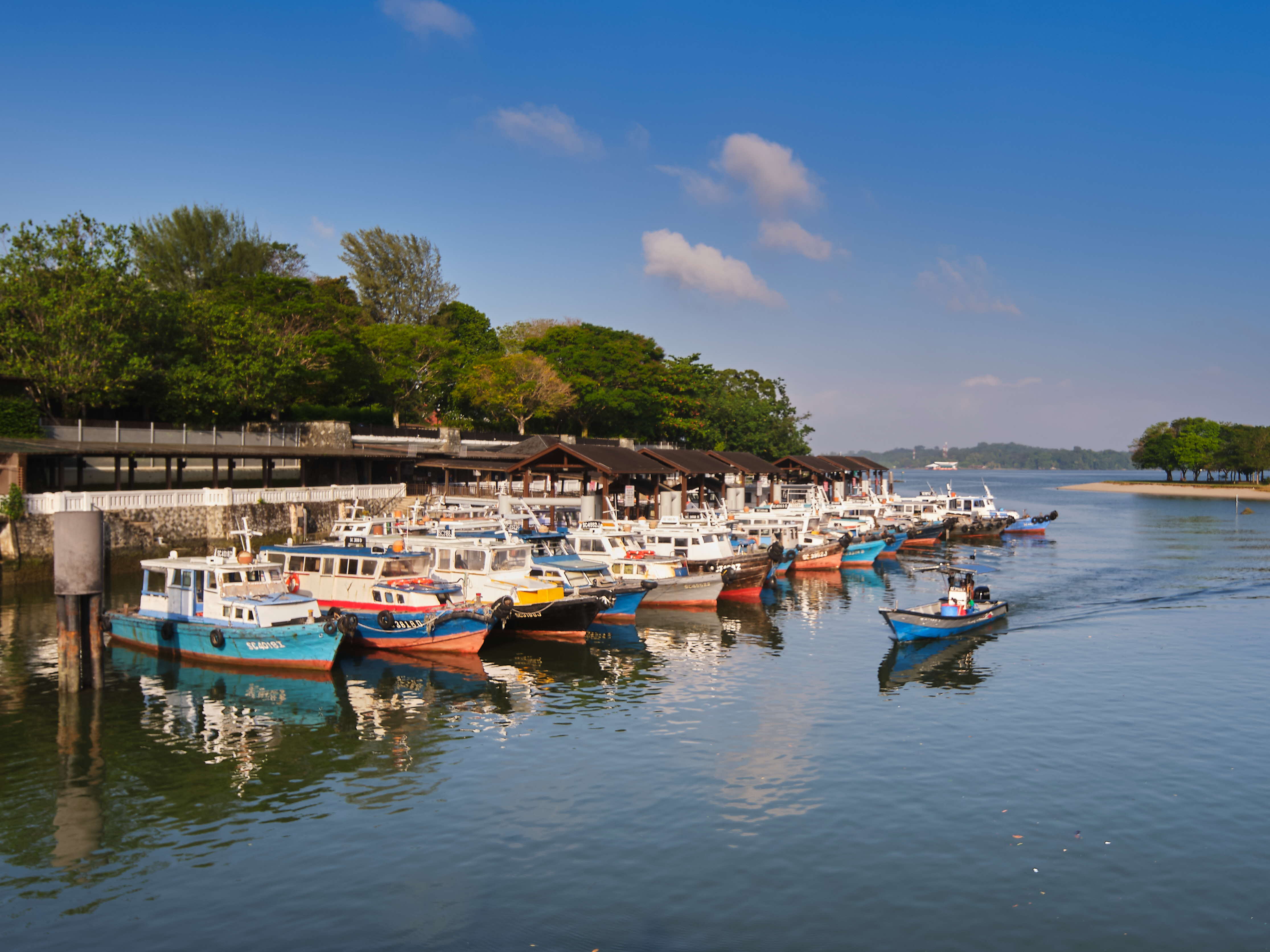
Changi Heritage Trail
From stately military quarters to well-loved Changi Village, these three thematic trails showcase the landmarks of Changi and the stories of its communities. Pick a route and discover the rich and diverse heritage of Changi today!
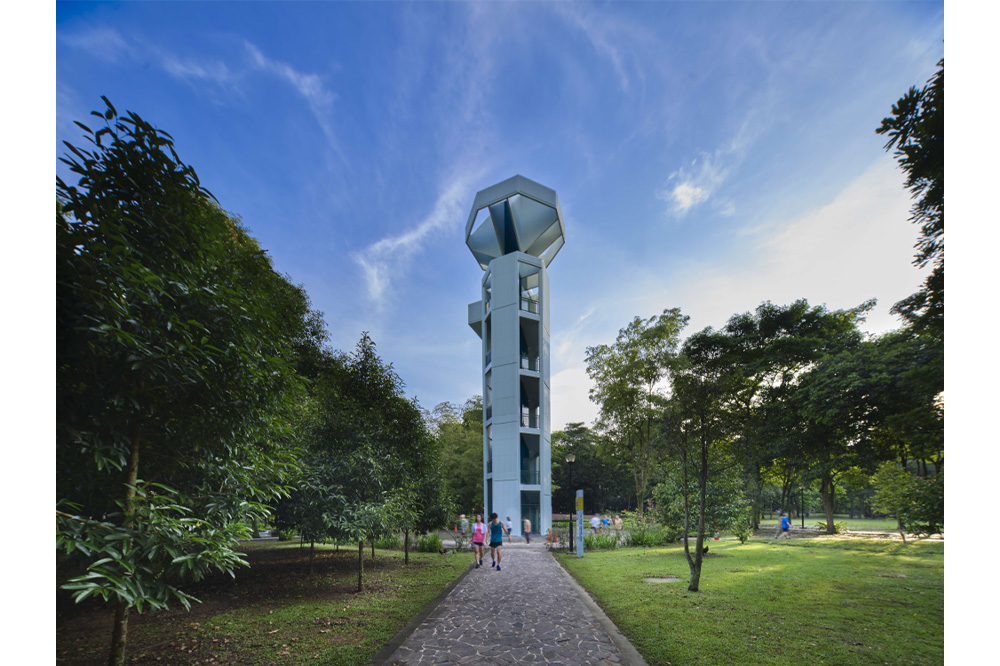
Toa Payoh Heritage Trail
Known as a pioneering Housing & Development Board (HDB) town in the 1960s, Toa Payoh was originally swampland and plantation before it drew settlers who established kampongs and various cottage industries, as well as temples and institutions. This trail brings you to these iconic landmarks of rich heritage and community interest within this model HDB town.
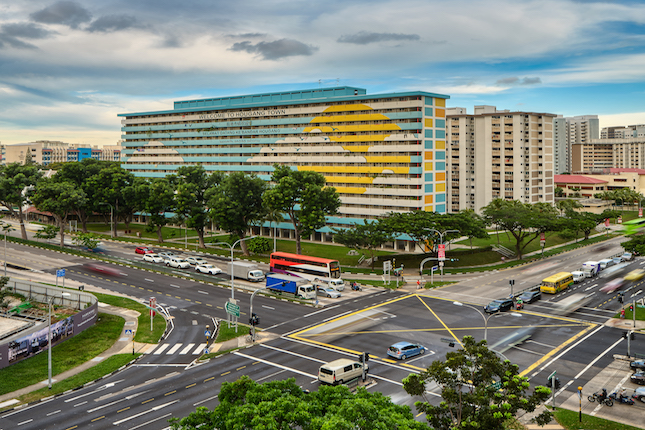
Hougang Heritage Trail
Mention “Hougang” and its Teochew enclave would probably come to mind and for a goodreason. Today, Hougang’s Teochew legacy can still be seen, from road names to institutions and landmarks that were established to serve the Teochew community.
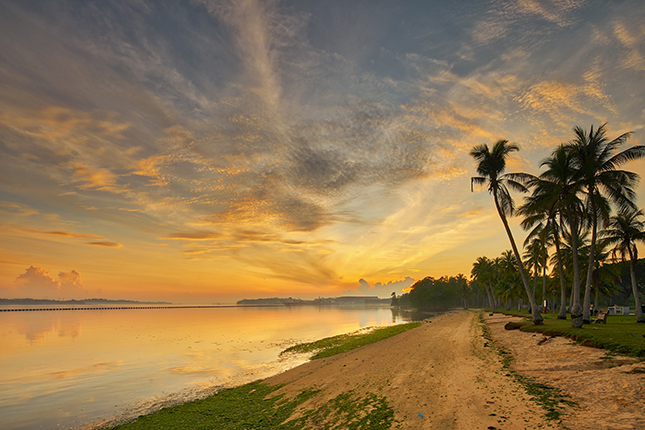
Pasir Ris Heritage Trail
Mention Pasir Ris, and people are likely to recall memories of seaside adventures, holiday stays in chalets and public housing flats distinguished by maritime-themed design motifs. More senior members of the public may remember the Pasir Ris Hotel, converted from a tycoon's mansion, the bucolic kampongs set amidst coconut and rubber estates, as well as early tourist attractions such as Golden Palace Holiday Resort, and Villa Saujana and Dari Laut in Kampong Loyang.
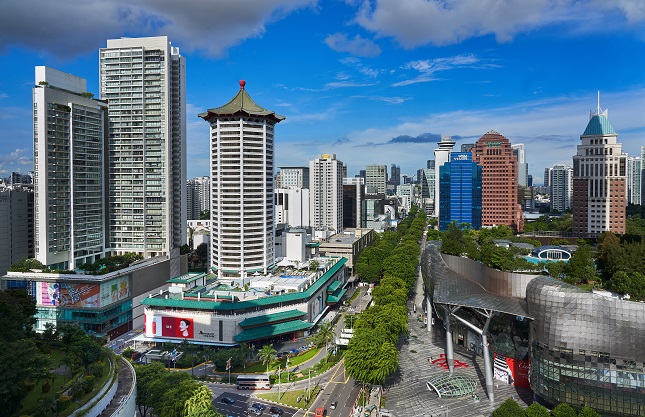
Orchard Heritage Trail
The Orchard Road area has transformed from a countryside retreat in the 1800s to the heart of Singapore’s tourism and retail scene today. Through the Orchard Heritage Trail, discover the communities, institutions, businesses and natural heritage that contribute to this area’s rich history.
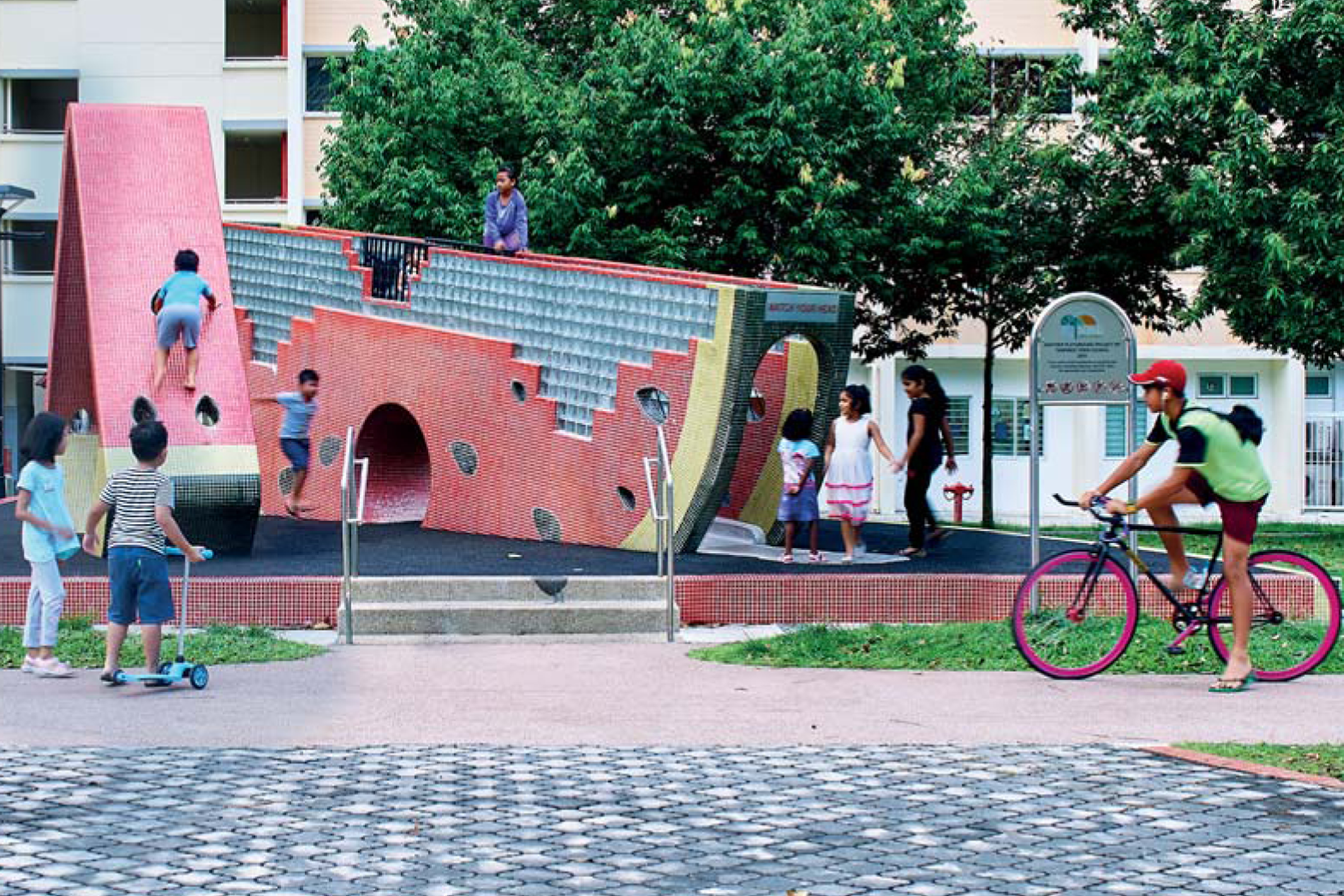
Tampines Heritage Trail
Today, most Singaporeans know Tampines to be a vibrant town at the forefront of sustainable urban living. The Pan Island Expressway and the Mass Rapid Transit (MRT) line deliver crowds of people to this bustling Regional Centre, bound for the shopping malls, offices, factories, and of course, homes.
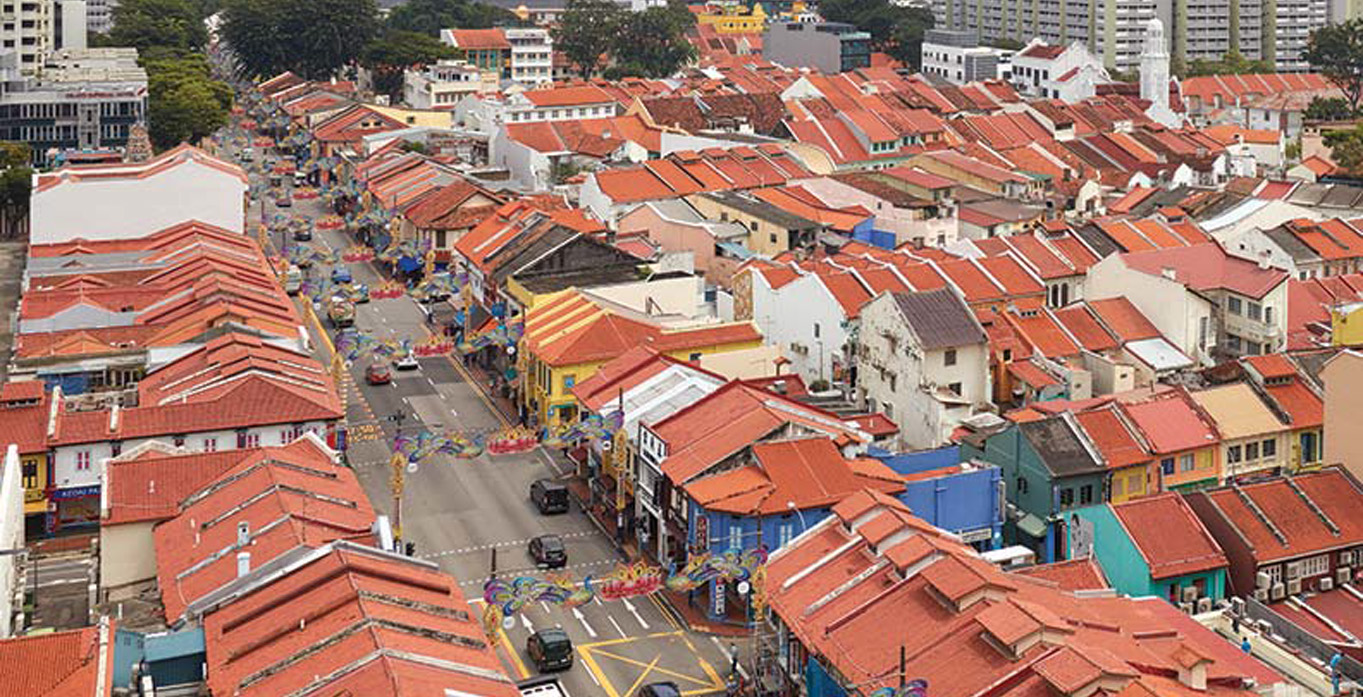
Little India Heritage Trail
Get a glimpse into the past with our self-guided Little India Heritage Trail. Featuring over 40 heritage sites across four kilometres, the Little India Heritage Trail offers three specially curated thematic routes that bring you across the precinct’s historical landmarks, places of worship and retail offerings.
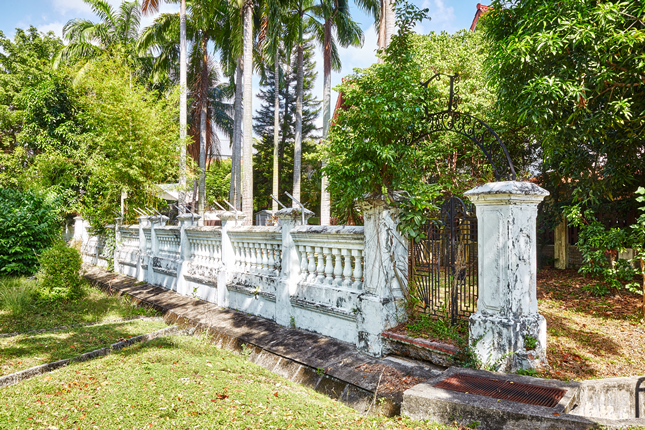
Bedok Trail
From pirates to beach parties, fishing villages to coconut plantations, the story of the eastern coast of Singapore shares many common threads with coastal settlements across the world. At the same time, the intertwined histories of Bedok, Siglap, Tanah Merah and the East Coast are unique in many ways.
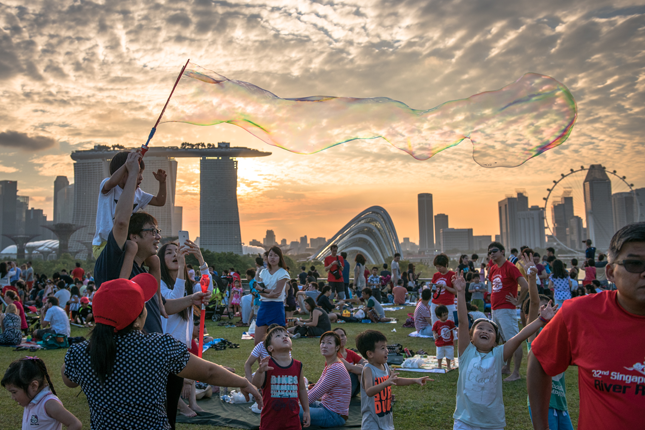
Jubilee Walk
The Jubilee Walk is an eight-kilometre trail that connects the past, present and future elements of the Singapore story, from ancient Temasek to the colonial era, to nationhood, rapid urban development and beyond.
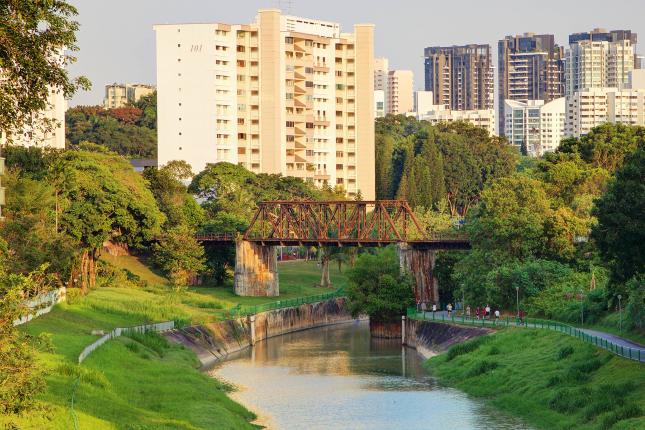
Jurong Heritage Trail
The Jurong Heritage Trail is part of the National Heritage Board’s ongoing efforts in discovering our shared heritage to document and present the history and social memories of places in Singapore. Explore the story of Jurong when it was formerly covered with plantations, and to follow its transformation into Singapore’s first industrial estate.
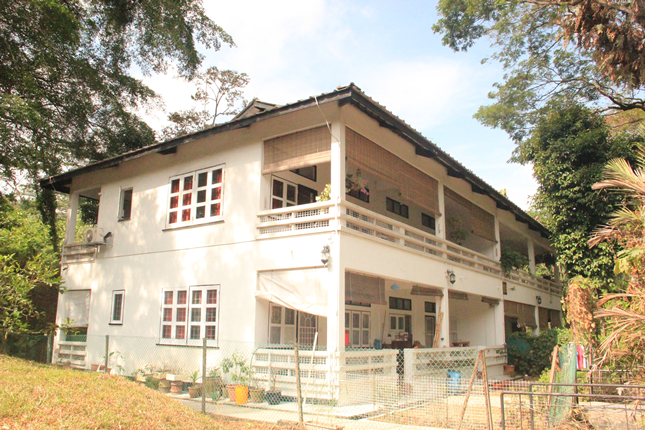
Queenstown Heritage Trail
My Queenstown Heritage Trail recounts the story of Queenstown and visits the iconic landmarks which define the Queenstown skyline for the past 60 years. As the first satellite estate, the trail also tells you about the evolution of public housing in Singapore through personal stories of older residents.
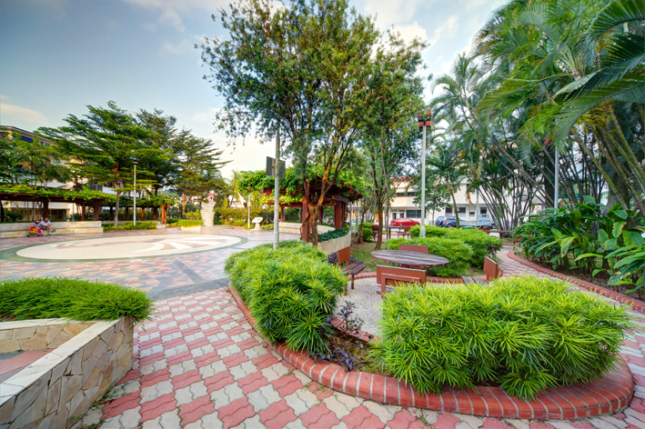
Tiong Bahru Heritage Trail
Tiong Bahru Road today stretches for more than three kilometres from Redhill MRT at its western end to Outram Road on its eastern end. For most Singaporeans, Tiong Bahru is a small, charming and chic housing estate awash with good eateries and eclectic little shops. But there is much more to Tiong Bahru than meets the eye, as this heritage trail shows.
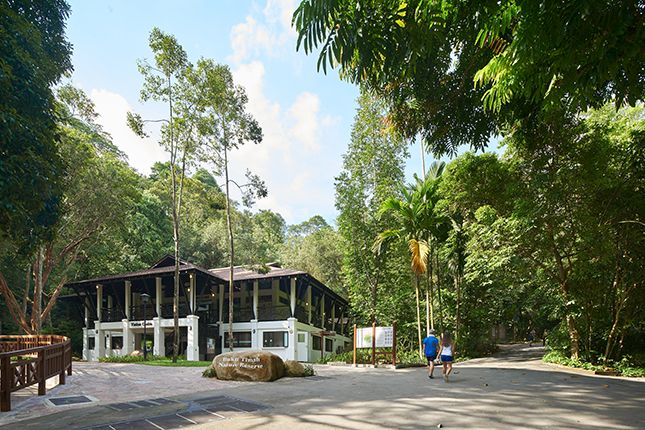
Bukit Timah Heritage Trail
Most Singaporeans today would associate Bukit Timah with its eponymous hill or the Bukit Timah Nature Reserve. While the area’s natural heritage no doubt defines Bukit Timah in the public consciousness, there is nevertheless much more to this area than the lush greenery that meets the eye.
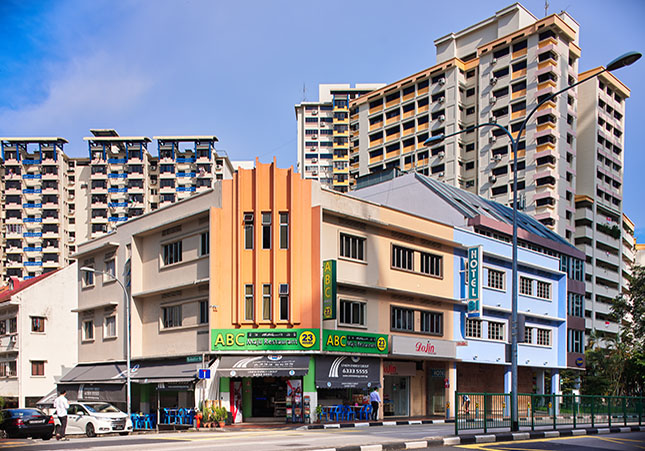
Balestier Heritage Trail
The Balestier precinct is named after Joseph Balestier, the first American Consul to Singapore, who owned a sugarcane plantation there. Today, the area is well-known for eateries as well as shops selling lighting equipment and bathroom goods.
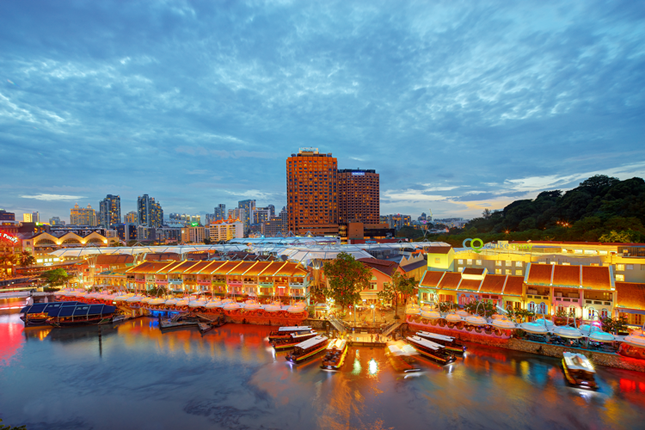
Singapore River Walk
Since 1819, when modern Singapore was founded, the Singapore River has served as an artery of international commerce that drew people from all over the region to work, trade and seek their fortunes on this island. Today, after a major clean-up that ended in 1983, the river continues to bustle with life, flowing past modern skyscrapers and historic buildings.

Ang Mo Kio Heritage Trail
Mention “heartland” and Ang Mo Kio comes to mind for many Singaporeans. Planned and developed in the 1970s, Ang Mo Kio is a quintessential Housing and Development Board (HDB) heartland with its mature neighborhoods, good hawker food, strong neighborly relationships and small businesses that have been operating since the early days of the town.

Jalan Besar Heritage Trail
The Jalan Besar Heritage Trail tells a tale of two former swamps. It traces the urban development of a floodplain that once existed on the north bank of the Rochor River. It also charts the stories of the communities and cultures that sprung up around the muddy basin of Singapore’s longest waterway, the Kallang River.
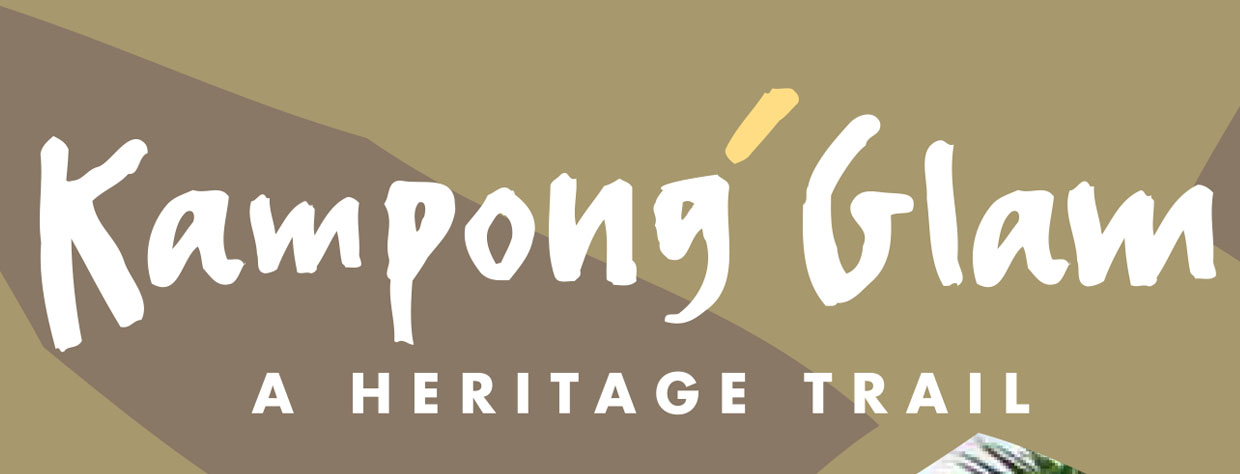
Kampong Glam Heritage Trail
Did you know that the stretch of Bussorah Street near Masjid Sultan was once known as Kampong Kaji (Pilgrim Village) and the stretch nearer Beach Road was Kampong Tembaga (Copper Village)? Or that Arab Street was called Jawa Koi (Java Street) by the Chinese and pookadai sadakku by the Tamils? Sultan Gate was lined with blacksmiths and Baghdad Street with blacksmiths and traders. Where a car park now stands along Kandahar Street, there was the Pondok Java which housed Javanese migrants and was famed for the Javanese theatre and arts performances it used to host.

World War 2 Heritage Trail
The Second World War came to Malaya and Singapore on 8 December 1941, more than two years after it broke out in Europe. After the Fall of Singapore on 15 February 1942, the island was renamed Syonan-To (Light of the South) and it spent the next 3 years and 7 months under the Japanese Occupation (1942–45). The war ended in the Asia-Pacific with the signing of the Instrument of Surrender in Singapore on 12 September 1945.

Yishun-Sembawang Heritage Trail
Yishun and Sembawang share a history that started before urbanisation kicked off here in the 1970s. In 19th century maps, this entire area stretching from Seletar River to Sungei Sembawang was marked as “Seletar”. The name probably came from the Seletar River. The territories covered by the indigenous nomadic boat-dwellers known as Orang Seletar, also ranged from the Johor Straits to all the waterways here.
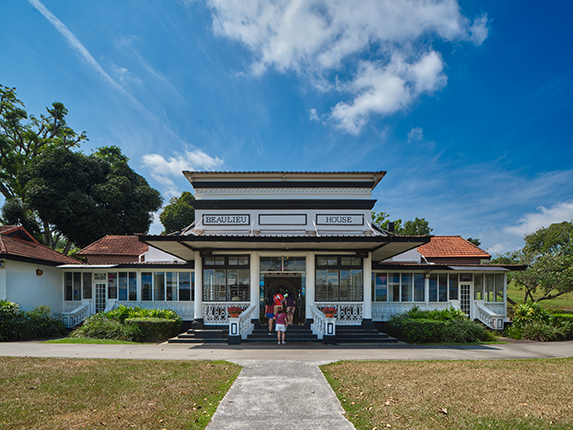
Sembawang Heritage Trail
Tucked away at the island’s northern end, Sembawang may be a less familiar neighbourhood compared to historic districts such as Kampong Gelam, Little India and Telok Ayer. Few realise, however, that Sembawang once occupied a central role not just in Singapore but in the British Empire, as a naval base that repaired Royal Navy warships and housed thousands of sailors from Britain’s Far East Fleet. Join us on the Sembawang Heritage Trail to discover the legacies of these communities and learn how they lived, worked and played in this ulu (“remote” in Malay) but enchanting corner of northern Singapore.
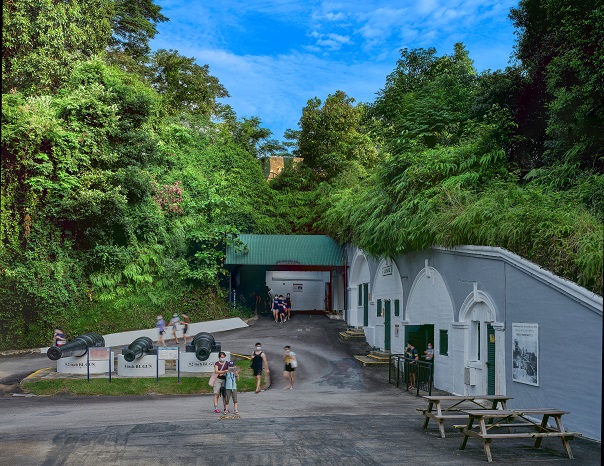
Sentosa Heritage Trail
Since the 1970s, Sentosa has been a go-to leisure destination for its beaches and amusement joy-rides, parties, and concerts, as well as theme parks, and attractions. Before its modern incarnation as an island of fun, however, it was known as Pulau Blakang Mati –literally, “Death from the Back Island” in Malay.
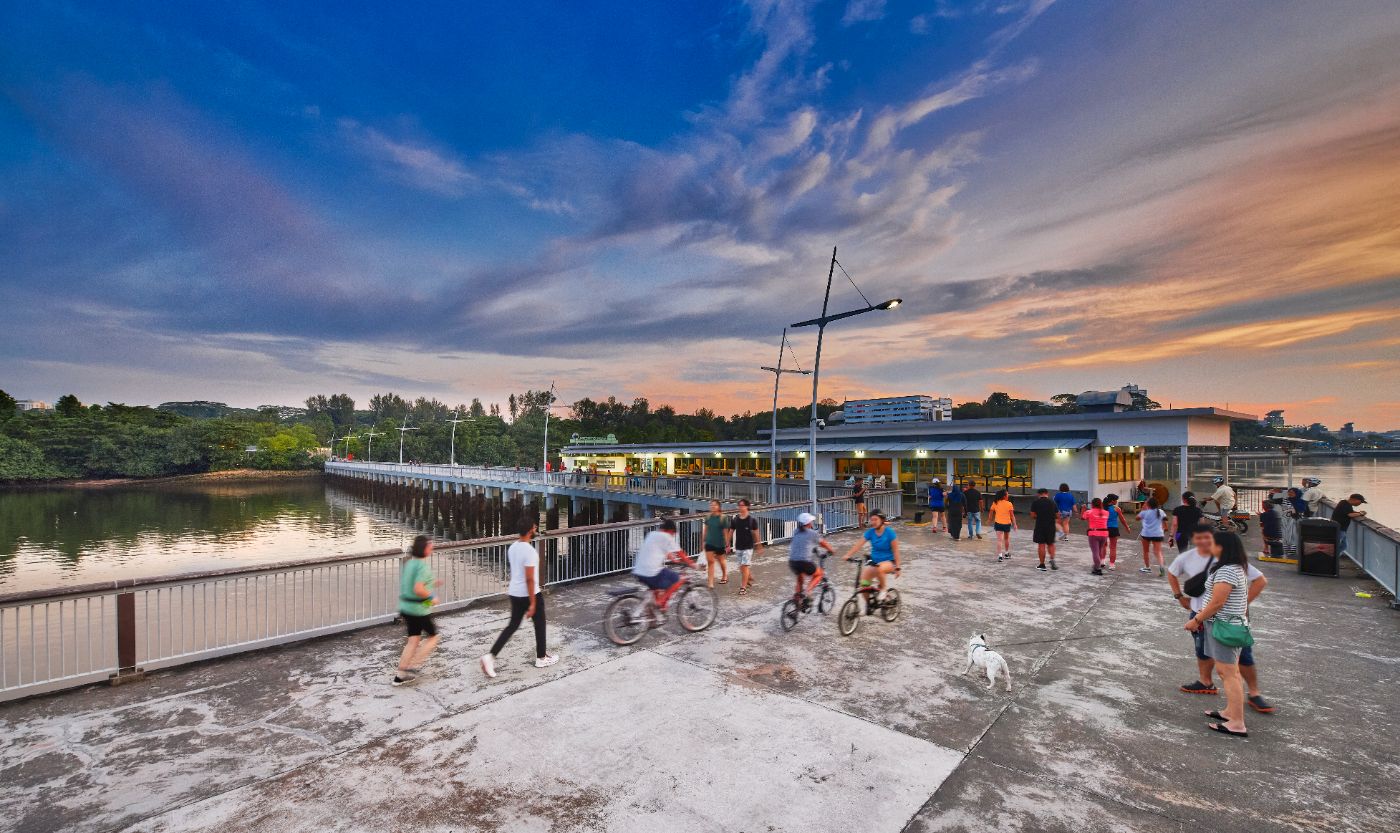
Woodlands Heritage Trail
Covering landmarks such as community institutions, military cemeteries and parks, these trail routes are designed to showcase the community history, military legacies and scenic spaces in Woodlands. Select one (or more) of these specially curated trails and start exploring the rich heritage of Woodlands today!



